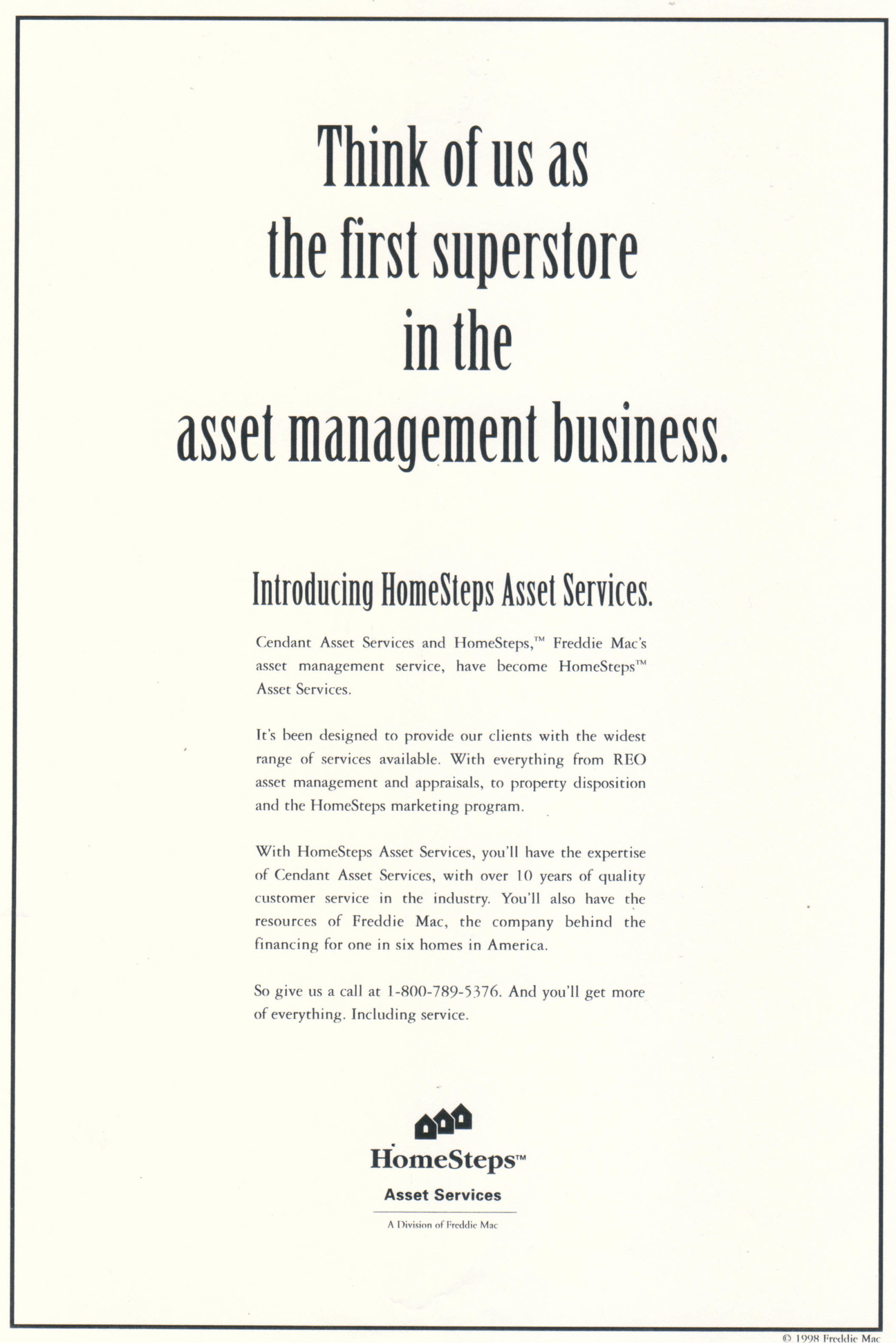Economic Earthquake Created Losses
We're all familiar with the mortgage meltdown of 2008, real estate and homeownership is full of boom and bust cycles that happen across the country.
One bust made Fortune 100 company the largest homeowner in the country - and it wasn't a good investment. Freddie Mac through their position in the mortgage financing category, became the unwitting owner of over 20,000 homes after the combination of a recession and an earthquake shook the company.
A record number of foreclosures left the company as the owner of thousands of homes. What happens when you have an expanding number of homes, but you don't have a sales team or any marketing? Losses pile up on the companies books. $600,000 in losses - every day.
The Problem
Freddie Mac was the largest owner of homes in the country with over 20,000 units in inventory, each one accruing $30 every day in expenses. The company needed to reduce the expense as quickly as possible without sacrificing potential profit.
The Solution
Research showed that there was an inherent problem with the product - what we came to call the “f-word” - foreclosure. Homes going through foreclosure are in varying states of disrepair and in need of a lot of work prior to moving in, costing potential buyers additional money and time.
The company also lacked information on buyers and sellers. The first step was to create a database of information, tracking real estate agents that sold the homes as well as buyers. We created an incentive program, Selling Agent Select, to start understanding the selling process and identify behaviors associated with purchase. The program was the first of its kind in the corporate-owned home segment, rewarding agents with increasing commissions the more homes they sold, and a cruise for the top sellers.
In order to overcome the “f-word” inherent in every one of the homes, we began refurbishing each home – new carpet, fresh paint, updated appliances – whatever was needed to get the homes into like-new, move-in condition.
The next phase of the strategy was outlined through a discovery process – potential homebuyers told us they were less trusting when considering a home purchase from the government. We set out to create a new brand targeting the first time homebuyers that we served. We introduced HomeSteps with a new logo, communications elements and a website that allowed buyers to search online for homes in their preferred geography – another first in the category.
The incentive program alone reduced expenses $6.7 million in one year. Sales in key market areas increased over 30% year one, and in a proof of the power of the integrated program, year two sales increased 12% - effectively reducing the inventory base to less than 10,000 homes.
The Integrated Campaign Highlights
The new brand and strategy was first debuted to key real estate partners nationally before rolling out to consumer audiences across the country.

a new brand
Consumer focused and appealing to all homebuyers.

incentives for sellers
A first for corporate owned homes, an incentive program for real estate agents that helped us sell the most homes.

homebuyer center
Created a homebuyer center to make the buying process easier by housing everything under one roof. No other company could provide this option.

HOMEBUYER CENTER
Created a homebuyer center to make the buying process easier by housing everything under one roof. No other company could provide this option.

homebuyer center
Created a homebuyer center to make the buying process easier by housing everything under one roof. No other company could provide this option.

expanding to services
Creating the first ever asset services division by acquiring an asset management firm and bringing it under the HomeSteps brand banner, another first in the industry
